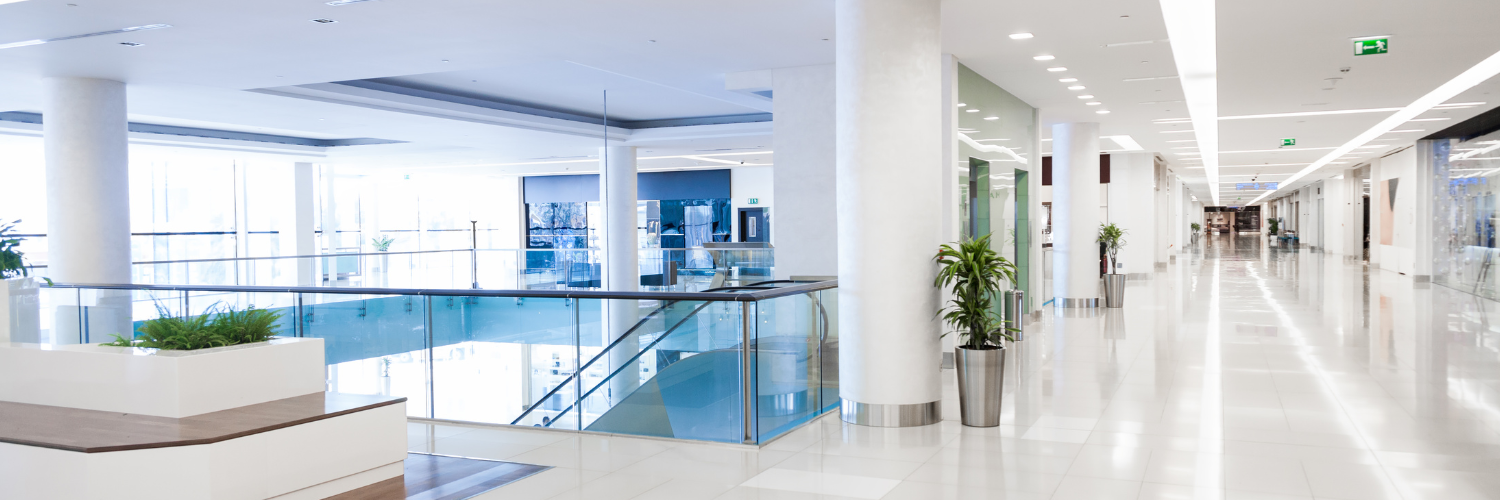The pendulum effect in retail interior design
/In retail interior design terms, the Pendulum Effect could be applied to the cyclical nature of the swings or consumer preferences.
Understanding the Pendulum Effect is crucial for retailers as it allows them to anticipate and adapt to shifts in demand. The inevitable attraction of the opposite!
But how does this translate into retail interior design styles? Here I am not talking about seasonal or nostalgic trends, but the wider picture.
Retail Interior Design - Maximalism vs. Minimalism
The retail interior design pendulum swung from the maximalism of the first half of the twentieth century to the minimalism of the 80's and beyond.
Then one day, we woke up and wondered why our city centres and centre malls were dying? And, what’s this new-fangled ‘online’ thing banging on our door?
Retail Interior Design - Zooming Out
Sometime in the 1980's, as we were roiling around from punk to the new romantics, a new beast was lurking……..the economic rationalist!
So, while our hairstyles were going up and our shoulders were going out, the ...’froufrou’, was doomed.
Retail interior design became minimalist. Theming of windows, decorating the interiors of shops, shopping centres, or even the streets of the CBD, would come to be seen as superfluous.
Retail interior design was seen as an unnecessary, even pointless, 'cost centre' that could be put to more ... “profitable” use.
Pros of Minimalism
Now, this is not to say there weren't some positives to the new era of retail interior design minimalism:
A minimalist interior or display position can more readily exude elegance and sophistication where required.
Eliminating distractions can certainly help to focus attention when merchandising.
It’s also easier, and therefore cheaper, to keep clean!
Cons of Minimalism
Unless well executed, a minimalist retail interior design environment can be less inviting.
As the trend took hold in the 1980's, consumers found the spaces increasingly cold and sterile.
By the mid 1990's the challenge for the large suburban retail centres was encouraging shoppers to:
Linger a while longer.
Slow down.
See all opportunities other than the single purpose for their visit.
Increasing rigour and bland uniformity began to limit branding opportunities.
Fewer events within centres meant less branding, sponsorship, and storytelling opportunities.
Crucially, this resulted in plummeting community engagement and deceased community ‘ownership’ of their shopping precincts.
Retail interior design – rising to the challenge.
So now retailers find themselves facing a phalanx of new challenges: on-line shopping, climate change, shifting gender norms and more.
Foremost of course is the threat posed by competition from on-line shopping.
The customer is far more informed and now possess the ability to source their products from literally anywhere in the world.
Bricks & mortar retailers are rarely able to compete on price with their online foes.
So, the focus for retailers and shopping centres needs to be providing customers with something that can’t be obtained online – an engaging, memorable, and personal shopping experience.
This starts with thoughtful strategy and well executed retail interior design. To meet the challenges going forward, retailers require infrastructure flexible enough to adapt to current trends and implement their response cost effectively.
If you would like to learn more don’t hesitate to get in touch.


